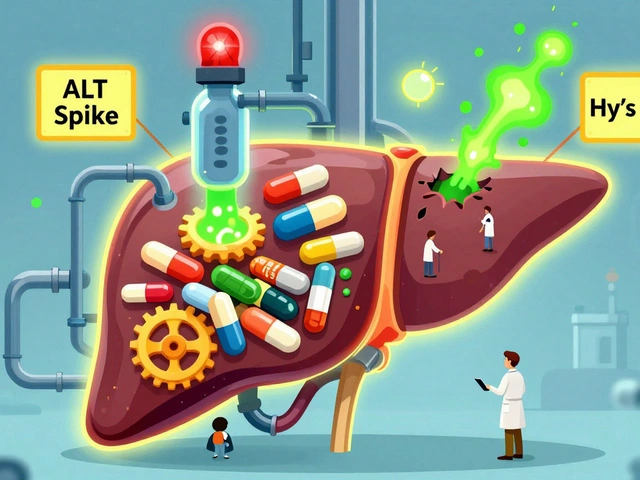Azithromycin Prescription Guide – Get It Right and Stay Safe
If your doctor has mentioned azithromycin, you probably wonder how to get the right prescription and use it correctly. Azithromycin is an antibiotic used for infections like bronchitis, strep throat, and certain sexually transmitted diseases. Below we break down what you need to know—from ordering a legit script to taking the pill safely.
How to Obtain a Legitimate Prescription
The simplest way is to see your primary care doctor or a qualified tele‑health provider. During the appointment, tell them about your symptoms, any allergies, and current meds. If they think azithromycin fits, they’ll send an electronic prescription straight to your pharmacy.
Online pharmacies can be convenient, but only use ones that require a prescription and are verified by your local health authority. Look for HTTPS URLs, clear contact info, and a licensed pharmacist on staff. Avoid sites that let you buy the drug without a script – they’re risky and often illegal.
Typical Dosage and How to Take It
For most infections, doctors prescribe a 5‑day course: 500 mg on day 1, then 250 mg once daily for the next four days. Some conditions need a single 1‑gram dose. Always follow what’s written on the label; don’t adjust the amount because you feel better early.
Take azithromycin with or without food – it doesn’t mind your meals. If you miss a dose, take it as soon as you remember unless it’s almost time for the next one. Never double up to make up for a missed pill.
Common Side Effects and When to Call Your Doctor
Most people tolerate azithromycin well. The usual side effects are mild stomach upset, diarrhea, or a temporary change in taste. If you develop severe nausea, vomiting, or a rash, give your doctor a heads‑up.
A rare but serious reaction is an abnormal heart rhythm (QT prolongation). This risk rises if you take other meds that affect the heart or have a history of cardiac issues. Let your prescriber know about all medicines you’re on – even over‑the‑counter ones like antihistamines.
Tips for Safe Use and Faster Recovery
Stay hydrated; water helps your body clear the infection faster. Finish the entire course, even if symptoms improve early – stopping too soon can let bacteria survive and become resistant.
Avoid alcohol while you’re on the antibiotic if you notice it makes stomach upset worse. Also, don’t combine azithromycin with antacids that contain aluminum or magnesium within two hours of each dose; they can lower absorption.
What to Do If You Need a Refill
Azithromycin isn’t meant for long‑term use. If symptoms return after you finish the course, contact your doctor instead of asking for more pills. They may need to reassess the infection or switch to another treatment.
When requesting a refill through an online pharmacy, make sure the new prescription is generated by a qualified clinician – most reputable sites require a short tele‑visit before issuing a repeat script.
Bottom Line
Getting azithromycin the right way means using a trusted doctor or verified tele‑health service, following the exact dosage, and watching for side effects. Stick to the full course, stay hydrated, and keep your pharmacist in the loop about any other drugs you take. With these steps, you’ll clear up infections quickly and safely."

Where to Safely Buy Azithromycin Online: Risks, Tips, and Trusted Sources
Get honest, practical advice for buying Azithromycin online in the UK. Learn where it's legal, what risks are real, and how to do it right.
View More




